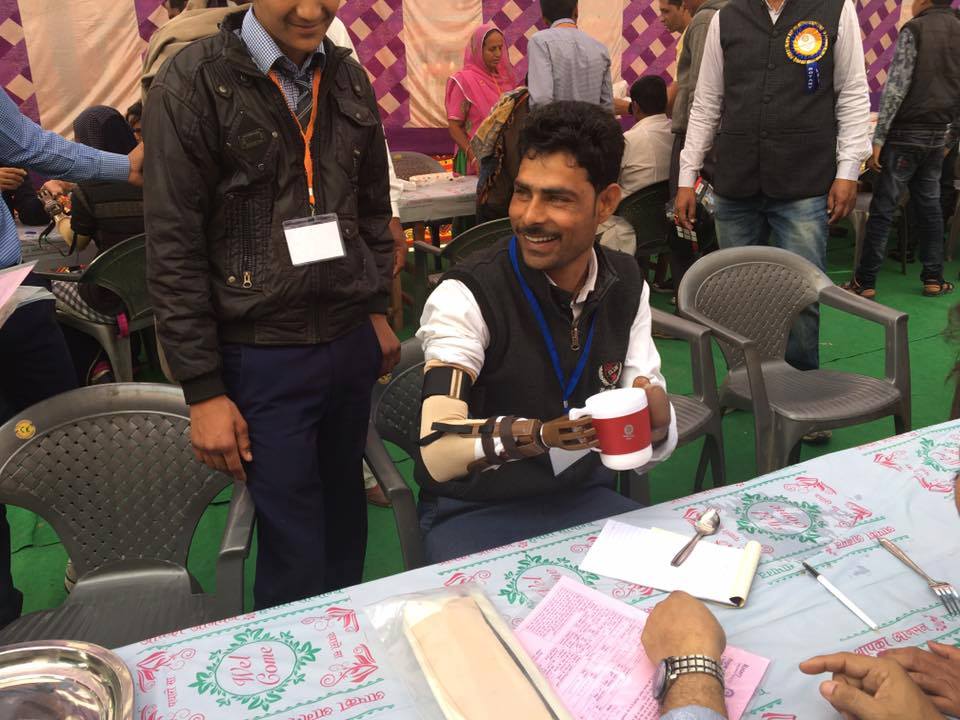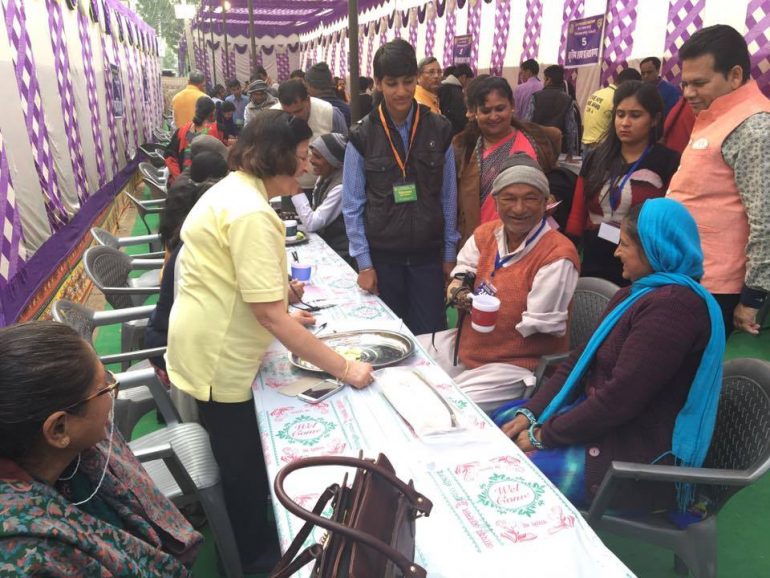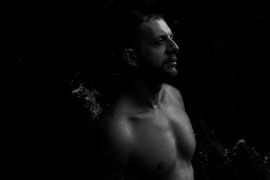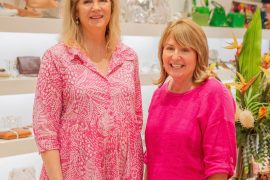Get it’s Kathleen Loxton talks to Matt Henricks, Director and Australian Founder of The Helping Hands Program, about the life-changing work Helping Hands is undertaking across Australia
Built upon a fantastic idea in the USA, Helping Hands is an extraordinary organisation that makes prosthetic hands for landmine victims all over the world, from right here in Australia. Ernie Meadows designed the hand after he lost his daughter in a car accident when she was just 18, and though she wasn’t an amputee, he was looking for a way to make her name live on; now his creation is cemented in history at the Smithsonian in Washington, D.C. USA. Matt explained,“Ernie was an engineer and was naturally drawn to projects where he could get physically involved and design something. Our hand is actually the fourth attempt he had at designing something that would kind of be a project, and almost a living memorial to his daughter. So, that’s why to this day the design of our hand is called the LN-4, because her name was Ellen, and this is the fourth project that he tried.”
What Helping Hands does is turn up at workplaces and conferences with 30 or so bits of metal and plastics. Then, the group gets stuck into making the hands;“So, you get the opportunity to make a difference, but to do so really tangibly,”said Matt. The time with Helping Hands is used to the utmost, and people leave with so much more than folders.There are a whole group of charities and corporations Helping Hands has been involved with, from government departments to commercial entities, for example, City of Gold Coast, Queensland Health and Brisbane City Council. The end result is focussed on helping The Ellen Meadows Prosthetic Hand Foundation, the foundation Bernie founded after losing his daughter. Matt noted,“If we ever say no to someone, we’ve lost our way. It’s kind of become a bit of a mantra for us.”
Quality checking for every shipment of the prosthetic hands is done both in Australia and America, and the first thing is to identify the hands coming from a particular group or sponsor.When the hands are built, the name, photo and details of the creator are put in with the hand – they also decorate the protective pouches the hands are sent in.This means that not only will the recipient see who made them their hand, but Matt said of the process,“The end hope being the recipient will take a photo with that card and we’ll be able to pair that photo back with the donor or sponsor that was involved.”Matt added,“We are stewards of the hands, we don’t ever own them, we are tasked with assembling them and sending them back to the foundation.”

“One of the things I always share with the people getting involved is that the recipients (of the hands) will be 50/50; half will hardly be able to believe the amazing gift and they’ll want to practice and learn how to use it, and the other half are just gazing at the photo, trying to understand who these people were that gave them the hand and wondering why they love them even though they’ve never met them.”What’s key about the work Helping Hands does is that for people who are marginalised, their work has a profound effect beyond the hand.
Matt told us the story of the first man to receive a hand in Hyderabad, India. The team were suspicious as the man came back for a replacement a few months later, which was strange because the hands are meant to last for up to seven years. They questioned the gentlemen and the interrogation was immediately called off when the man explained he travelled for half a day to get the hand, and on his journey home gave it to a woman with no hand who was on the side of the road with her children.“Often the people who are most generous with what they have, are the people who have nothing,”said Matt.
So, how did Helping Hands come about for Matt? Matt was working in HR when a friend told him about the foundation in the USA.“When we started it was very much a matter of buying a few ‘do-it-yourself ’ kits … To be honest, back in 2011, when this was all happening around November-December of 2011, I didn’t see myself in that way at all. I was just passionate about the project and was actually trying to give the project to someone else, trying to help someone else succeed. I almost, accidentally I guess, fell into running a team building company myself,”Matt divulged.
When it comes to work and leaving our mark, we’re inspired by Matt’s approach: “We can, and should, all be trying to make a difference through our work.”
Website credit: helpinghandsprogram.com.au





